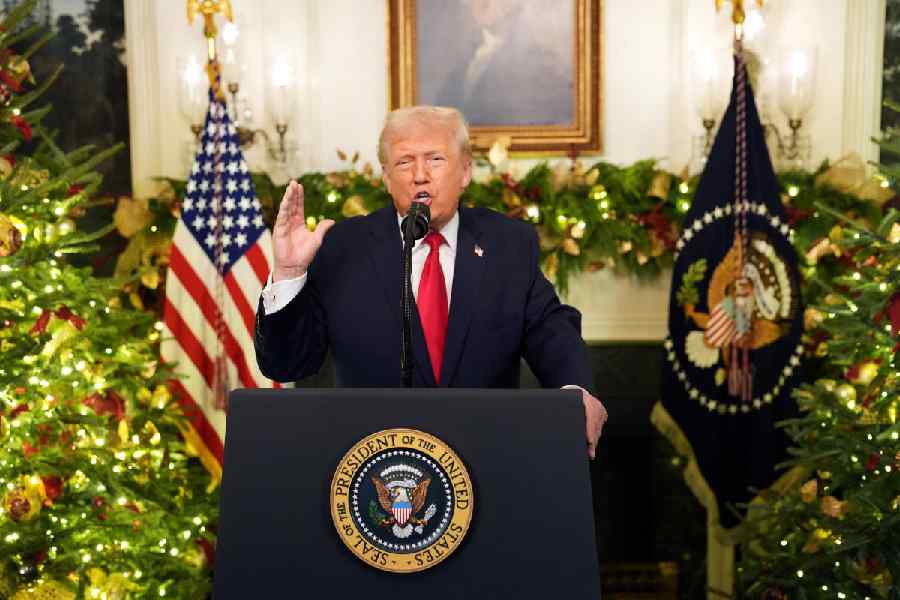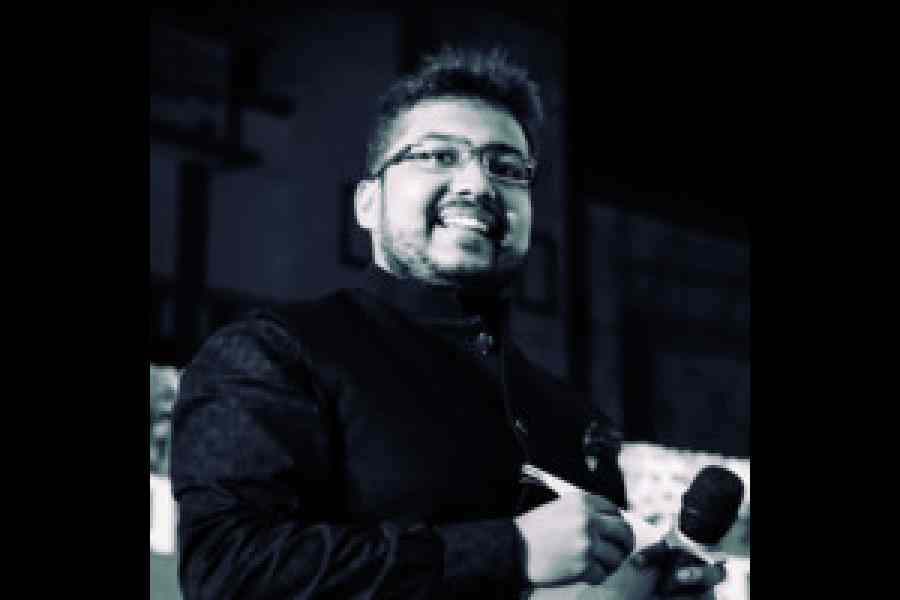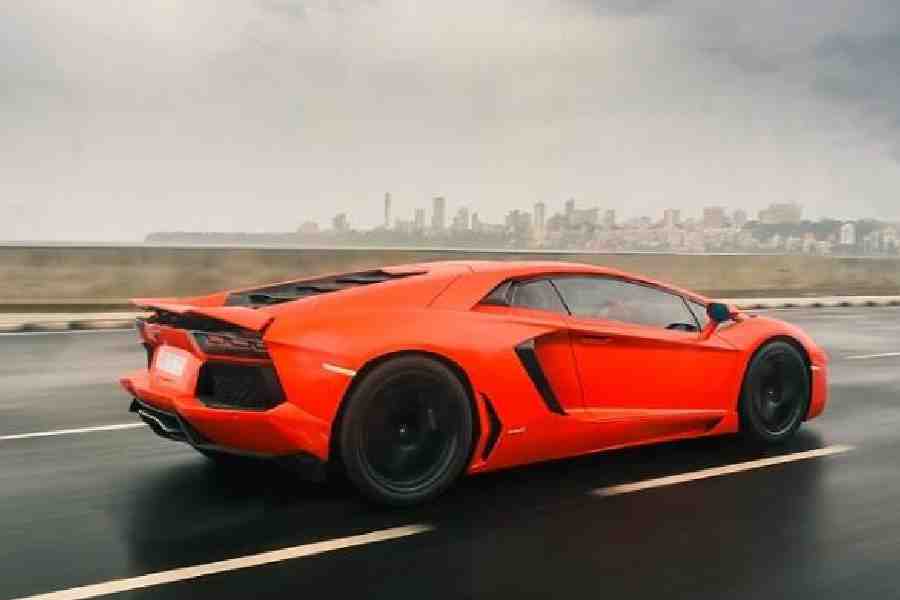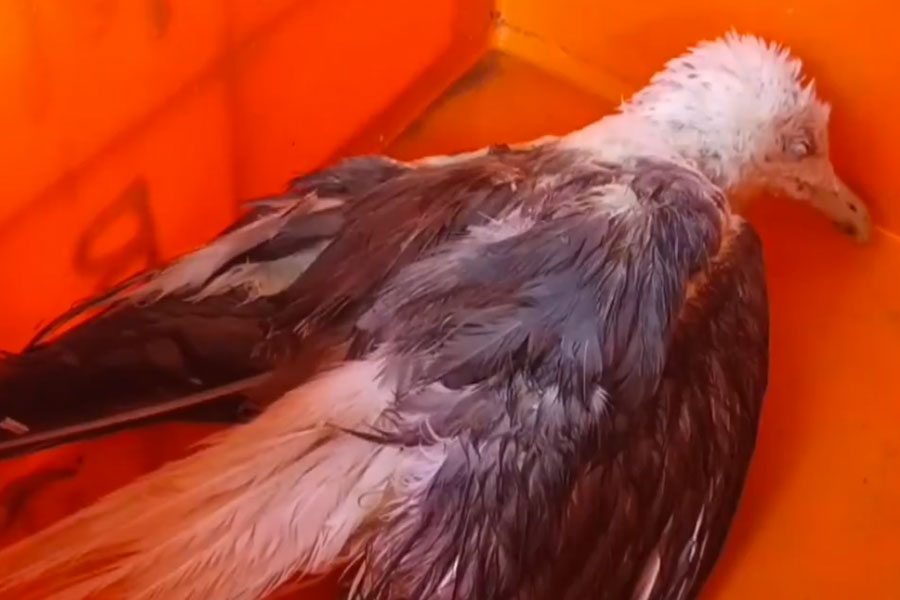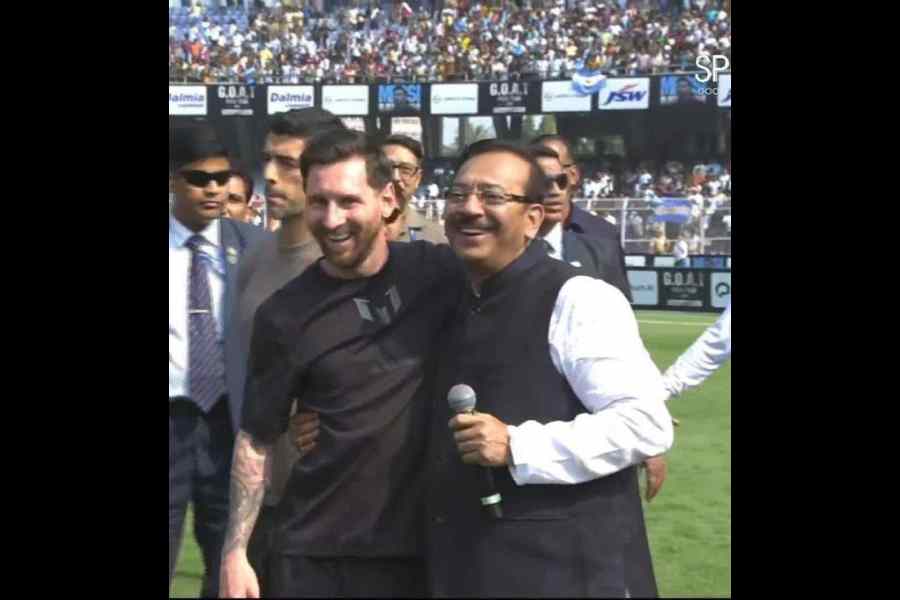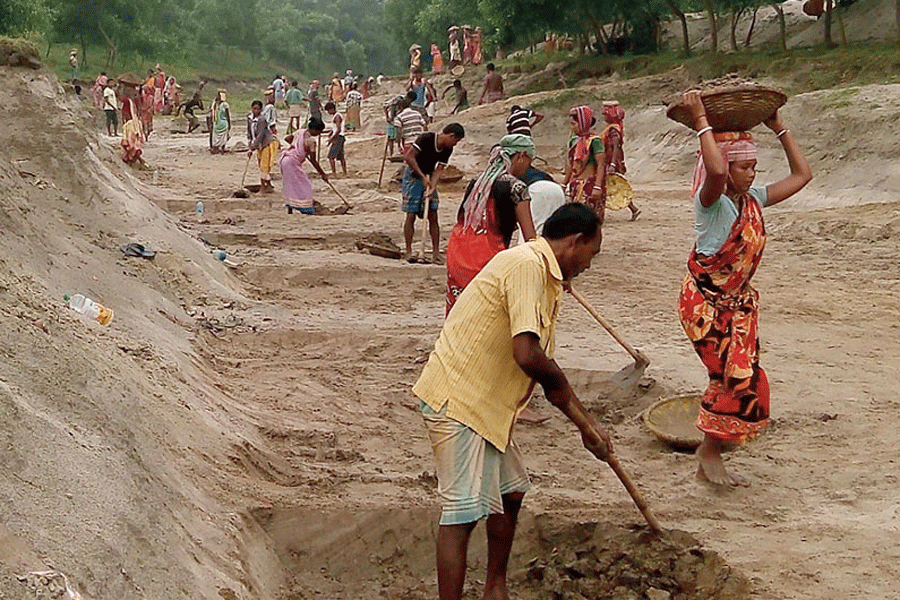 |
| Artist Praneet Soi |
An evening with a promising artist sharing his ideas and experiences is rare. Studio21 offered just such an opportunity recently.
Praneet Soi, one of the new must-buys for collectors, was talking about his latest projects in Kumartuli, Mexico, the Kinder Biennial in Holland and the India Pavilion in Venice on January 14.
In Soi’s case, the route from the germination of an idea to the final work is never “easy” or “predictable”. Much depends on chance and what he called “inner logic”.
“Often I myself don’t know exactly what all my images and compositions add up to but some things seem to work while others obviously don’t. So, I feel there must be an inner logic that justifies it all.”
To this young artist, the work process is almost as sacred as the finished item. Shuttling back and forth between his native city, Calcutta, and Amsterdam, where he lives, Soi is in “constant search” of new images, which he can relate to different cultures and events.
According to Soi, his training in documentary film-making in the University of California, San Diego, and his understanding of Indian folk and miniature paintings have defined his style.
The Kumartuli Printer: Notes on Labour, which focuses on the hands of a treadle press operator, manifests itself as a video recording, a slide show incorporating drawings and prints which Soi presents in the style of folk artists with live narration.
The repetitive movements of a printer’s hands as he places cheap bits of pink, white and yellow paper to print receipts on the antiquated press attracted Soi.
To him, the hand was a poignant symbol of manual labour, “which is almost extinct in the West and which has long been associated with poverty and oppression. I tried to look at it from different angles. I avoided the face of the printer as I didn’t want it to become a fetish for poverty and suffering. In the hands I discovered a celebration of work that is important.”
The sound of the slide show matched the mechanical sounds of the press. Soi tried to make it as multi-linear as possible by adding intersections of drawings of his studio, photos of the printer’s environment and the receipts he printed.
He even got the printer to transfer documented images of him working into metal plates that was printed in the old way and strung into the slideshow.
In an installation project in Museo Experimental El Eco in Mexico City, Soi similarly physically ripped up older drawings, brought in distortions and texturing so that a new meaning leaked out.
He approached each new site with work done in the studio, as part of an everyday praxis, which then comes together in a space and ignites new work done in situ.
Be it the possibilities of using paper maquettes rigged with magnets to do new things with space and perspective, or the way Dutch children superimposed his drawings on acrylic sheets to project unexpected images, or the way decorative motifs from miniature paintings can be used to comment on contemporary changes, Soi’s excitement with his experimental discoveries is infectious.
One comes away with the feeling that art is still alive and richer than one ever imagined.


